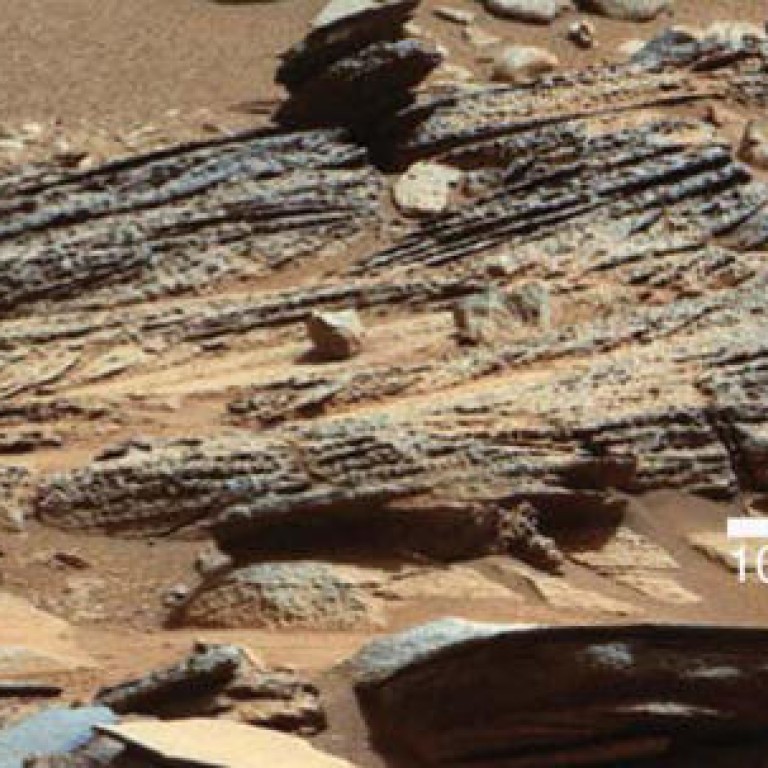
Scientists say ancient lake on Mars could have been hospitable for life
Scientists say that the idea of the planet sustaining living things is plausible
About 3.5 billion years ago, just as life is thought to have first arisen on earth, Mars also had a large freshwater lake that might well have been hospitable to life, scientists report.
The lake lay in the same crater where Nasa's Mars rover Curiosity landed last year and has been exploring since. The water body lasted for hundreds or thousands of years, and possibly much longer.

John Grotzinger, a professor of geology at the California Institute of Technology who is the project scientist for the Curiosity mission, said that if certain microbes such as those on present-day earth had plopped into that ancient Martian lake, they would most likely have found a pleasant place to call home.
"The environment would have existed long enough that they could have been sustained, prospered, grown, multiplied," he said. "All the essential ingredients for life were present.
"Potentially the aqueous stream, lake, groundwater system could have existed for millions to tens of millions of years."
The interpretation comes from detailed analysis of two mudstones drilled by Curiosity earlier this year. The structure, chemistry and mineralogy of the sedimentary rocks were not alien.
"The whole thing just seems extremely earth-like," Grotzinger said.

The surface of Mars today is frigid and arid, bombarded by sterilising radiation, but after it formed and cooled with the rest of the solar system about 4.5 billion years ago, it was initially a warmer and wetter place during its first billion years. Over the past decade, scientists have identified several sites on Mars that they think were once habitable.
In 2004, after the US space agency's rover Opportunity discovered evidence that the Martian places it was traversing had once been soaking wet, Steven Squyres, the mission's principal investigator, declared: "This is the kind of place that would have been suitable for life."
But that location would have been an extremely challenging environment for life to take hold - very salty and highly acidic. Later, the scientists said the soils had been soaked not so much by water as by sulphuric acid.

Curiosity also measured carbon, hydrogen, oxygen, sulphur, nitrogen and phosphorus, elements that are critical for life on Earth, as well as iron and sulphur minerals that could have served as food for microbes.
